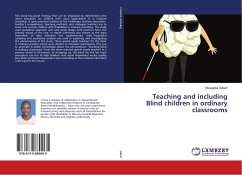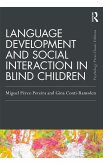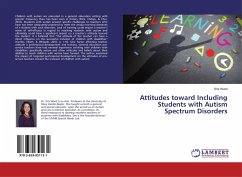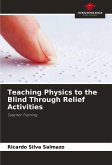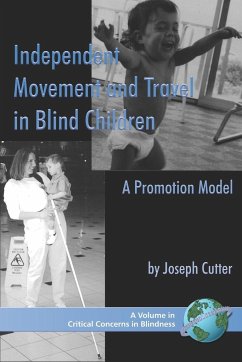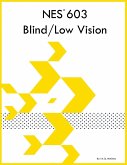This book has great findings that can be employed by stakeholders who deem education for children with visual impairments in in inclusive schooling. It gives practical realities of the challenges teachers encounter, teacher's competences, teaching methods, and strategies teachers use to teach and include children with disabilities in inclusive schooling. The study used qualitative approach and case study design with teachers from one primary school as the case. In depth interviews was chosen as the main instrument of data collection and supplementary tools. Purposeful sampling and qualitative analysis was used in exploring and investigating the phenomenon of the study. Three special needs teachers for the blind in ordinary primary school were chosen as interview participants. This was to generate in-depth knowledge about the phenomenon "teaching blind in ordinary classrooms" from the three selected special needs teachers in a primary school as informants. In wrapping up, this book has the last hope preceptors can use to help children with visual impairment access quality education and lead independent lives reminding us that inclusive education is the key for the future.
Bitte wählen Sie Ihr Anliegen aus.
Rechnungen
Retourenschein anfordern
Bestellstatus
Storno

